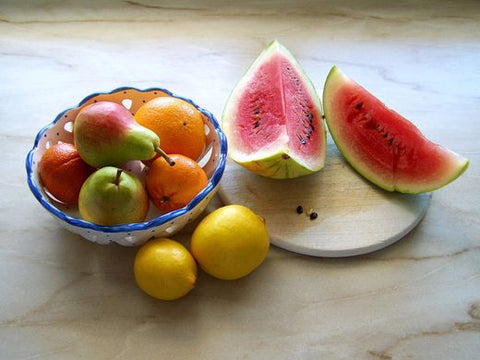Food Waste and Storage
Posted by Helen (sales@) Rupp on
As a global community we grow enough food to feed the world and yet 3.1 million children under five die from poor nutrition every year. People are not the only ones losing out; precious resources used to grow, process, package, transport, market and sell food are also pointlessly wasted. It is hard to comprehend, but a shocking 25% of all the fresh water consumed annually across the world and 300 million barrels of oil are used to produce the 1.3 billion tonnes of food waste that ends up uneaten every year.
Are you shocked, amazed and feeling a little more thoughtful about yesterday’s leftovers? We certainly are. While most of us don’t like to waste money, New Zealand households throw away an average of 79 kgs of edible food each year, with a price tag of around $563. Rather than dwell on the mental image of shoving a $10 note (plus a handful of change!) in the bin each week, let’s get motivated to be more conscious of what we buy and how we use it. What we can do at home, does make a difference and enough small changes really do bring big shifts.

Here are some super easy tips, tricks, suggestions and links for you to find out more, so we can all make sure, that the food we buy, is also the food that we use….
Plan your meals so that you only buy what you need – there are some great apps to help make it simple
- Know the difference between the use by and best before dates
- Use veggies in the priority if getting old e.g. use lettuce before carrots as carrots will keep longer
- Keep fruit and veggies in the right place – they don’t all need or enjoy being in the fridge
- Never use detergent or bleach to wash un-organic produce – use a bamboo brush to buff clean
- Make sure you know what to separate - certain fruit/veggies shouldn’t be stored together as they produce gases that speed up ripening
- Place broccoli and spring onion, upright in a glass of water to keep the tops fresh
- Leafy greens like lettuce, kale, silverbeet and spinach are best kept in an airtight container with a little water
- Use peelings and off cuts to make your own veggie stock that you can freeze and use at a later date
- Refrigerate or freeze all cut, peeled, or cooked fruits / vegetables and leftovers within 2 hours



